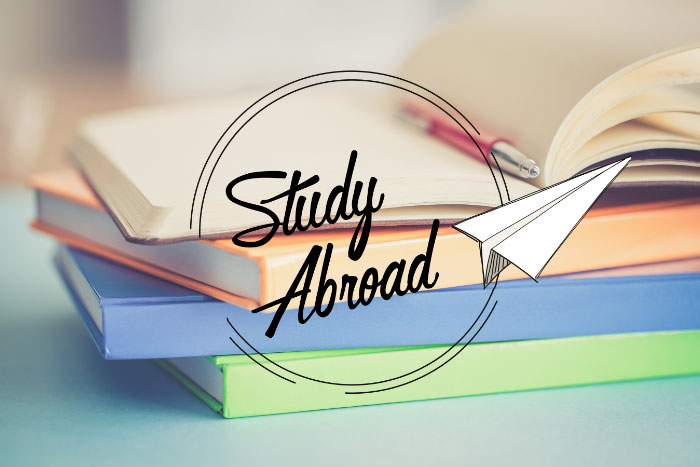
This is a question you may be hearing more frequently again. The college study abroad program is regaining its footing after COVID-19 halted nearly all international exchange. It’s a great way for students to expand their horizons, build their network, and gain confidence as they continue their education.
The Higher Education Act (HEA) of 1992 mandated that students can receive financial aid for the costs of studying abroad if they’re enrolled in a program approved by their institution. Students are eligible to receive “grants, loans, or work assistance without regard to whether the study abroad program is required as a part of the student’s degree.”
Types of Financial Aid Available
The primary sources of financial aid available to study abroad students are federal and state governments, foundations, private and public organizations. Here are some examples of each, and considerations that impact when they may be used:
Grants and Scholarships
Students traveling abroad for study can apply for the following grants and scholarships:
- Federal Pell Grant. Part-time enrollment reduces eligibility.
- Federal Supplemental Educational Grant (SEOG). Must be enrolled at least half-time.
- Benjamin A. Gilman Scholarship Program. This scholarship program is only open to undergraduate Federal Pell Grant recipients who intend to study abroad for a semester, summer, or year-long program.
- The National Security Education Program (NSEP) and the Fulbright Program have grants and fellowships for students overseas.
- Foreign Language & Area Studies (FLAS) Fellowship program provides study abroad funding to students pursuing foreign language studies.
Institutional Aid
Financial aid from your school is also applicable to study abroad students, and can come from a variety of sources. These sources may apply to students based on your location or their specific situation. While some aid may be specified for overseas study, other scholarships may be restricted to the campus or state – or for domestic programs.
Private and Public Organizations
Another source of financial aid for study abroad students is private organizations, foundations, corporations, and civic groups. For example, the Rotary Foundation and Fund for Education Abroad have private, sponsored international scholarship programs.
Private and Public Organizations
Another source of financial aid for study abroad students is private organizations, foundations, corporations, and civic groups. For example, the Rotary Foundation and Fund for Education Abroad have private, sponsored international scholarship programs.
Federal Loans
The U.S. Department of Education’s Direct Loan Program has three primary loans available to study abroad students, including:
- Direct Subsidized Loans.
- Direct Unsubsidized Loans.
- Direct PLUS Loans.
The list of international schools participating in federal student loan programs is updated quarterly, and may be found on Federal Student Aid’s website.
Private Loans
After exhausting free money such as scholarships and grants and federal financial aid options, your students who need additional funding may explore private loans to help pay for the cost of studying abroad. This is also an option if they missed the FAFSA deadline. Private loans are approved by thousands of schools and allow flexible repayment terms. Keep in mind that ScholarNet can simplify private loan processing for your office.
Sharing Other Ideas
Several additional tips for financing and planning for a successful experience studying abroad can be found in this MoneyGeek blog, “Funding Your Study Abroad.” We invite you to share with us on LinkedIn how you’ve helped your students to access funds for international study. You might help a student afford the experience of a lifetime.
